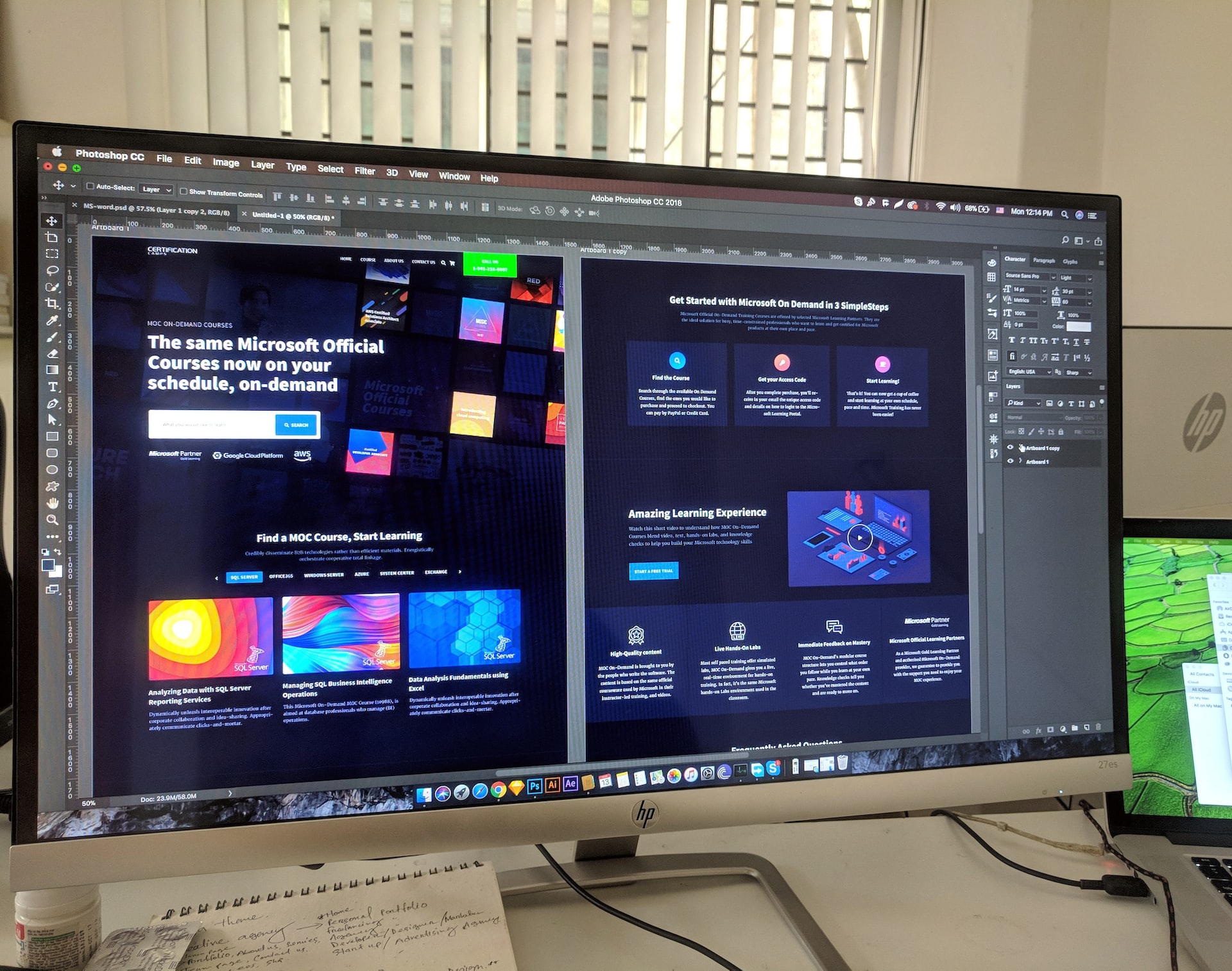Emotions are the currency that captivates and engages the audience. One of the most potent tools in a video creator’s arsenal for evoking emotions is color psychology. By the end of this read, you’ll have a comprehensive understanding of how to harness the emotional impact of color in your videos, enhancing your storytelling and engaging your audience effectively.
What is Color Psychology?
To embark on this journey, let’s first delve into the realm of color psychology. Colors have the remarkable ability to influence our emotions and perceptions, making them a crucial element in visual communication. Warm colors like red, yellow, and orange often evoke feelings of warmth, excitement, and passion, while cool colors such as blue, green, and purple tend to elicit emotions like calmness and tranquility.
Identifying Target Emotions
Before diving into the color palette, it’s essential to define the emotions you want your video to convey. Video production aims to connect with the audience on an emotional level, whether it’s happiness, sadness, anger, or relaxation. By aligning color choices with specific emotions, you can create a more impactful and emotionally resonant narrative.
Color Schemes and Palettes
In video production, the use of color schemes and palettes is akin to the painter’s brush strokes on a canvas. By strategically applying analogous, complementary, or monochromatic color schemes, you can amplify the emotional impact of your video. These palettes not only evoke specific emotions but also maintain visual coherence, making your video more visually appealing and emotionally engaging.
Color Grading and Post-Production Techniques
Video production often involves a post-production phase where color grading comes into play. This process allows you to fine-tune the colors to align with the desired emotional response. By using color grading techniques, you can enhance the emotional impact of your video, making subtle or dramatic changes to colors that resonate with your audience.
Storytelling through Color
In the world of video production, storytelling is paramount. Colors can be used as a narrative tool to support character development and plot progression. Subtle changes in color can signify shifts in mood, character arcs, or the unfolding of the story. The artful integration of color into storytelling can elevate your video production to new heights.
Testing and Feedback
In video production, it’s crucial to gather feedback from your target audience. Testing the emotional impact of your color choices through audience feedback allows you to refine your video effectively. The iterative process of adjusting color elements based on feedback can lead to a more emotionally resonant final product.
Avoiding Common Pitfalls
While the use of color psychology in video production is powerful, it’s essential to be mindful of common pitfalls. Overusing intense colors, creating clashing color combinations, or ignoring cultural context can lead to unintended emotional responses. To ensure success, always exercise caution and conduct thorough research.
Conclusion
In video production, color psychology is a potent tool for evoking emotions and enhancing storytelling. By mastering the art of color selection, palettes, and grading, you can create videos that resonate deeply with your audience. The power of color in video production is yours to harness, and it’s a journey well worth embarking upon to captivate, engage, and leave a lasting impression on your viewers.



